When you need a dill weed substitute, the best options depend on your recipe: tarragon for closest flavor match, fennel seeds for pickling, and lemon thyme for seafood. Here's a complete guide to the top 10 substitutes with exact conversion ratios, flavor comparisons, and usage tips for every dish.
| Substitute | Flavor Profile | Best Used In | Notes |
|---|---|---|---|
| Fennel Seeds | Licorice-like, bold | Sausages, pickles, stews | Use sparingly; grind for smoother flavor |
| Tarragon | Sweet licorice, mild | Sauces, chicken, seafood | Fresh or dried works well |
| Dill Seed | Strong, bitter | Pickling, breads | Not same as dill weed; more intense |
| Cilantro | Citrusy, sharp | Mexican, Asian, Indian dishes | Great for contrast; not traditional dill substitute |
| Basil | Sweet, minty | Pesto, salads, pasta | Only for fresh dill in lighter dishes |
| Parsley | Mild, grassy | Garnishes, meat dishes | Visual substitute only; not flavor-wise |
| Anise Seeds | Black licorice | Baking, tea blends | Very strong; use tiny amounts |
| Caraway Seeds | Earthier, nutty | Rye bread, cabbage dishes | Good for savory applications |
| Chervil | Delicate, parsley-tarragon mix | Creamy sauces, eggs | More gourmet choice |
| Lemon Thyme | Citrusy, herbal | Seafood, dressings | Perfect for Mediterranean flair |
If you've ever stood in your kitchen mid-recipe, realized you're out of dill weed, and thought, 'Wait… what can I use instead?' — don't worry, we've all been there. Dill is such a unique herb that mimicking its flavor exactly isn't easy, but luckily, several substitutes can come pretty close — or even bring a delicious twist to your dish.
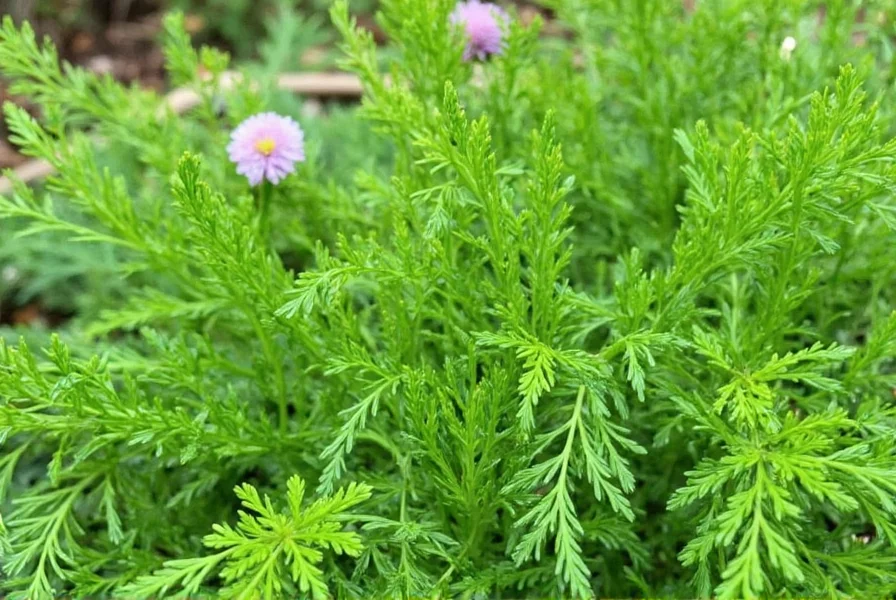
Why Substitute for Dill Weed?
Dill weed has a bright, slightly grassy, and mildly anise-like flavor profile. It's often used in pickling, fish dishes, soups, and dips like tzatziki. But if you're missing it from your spice rack, or simply want to experiment with flavors, finding a substitute can open up exciting culinary possibilities.
Substitutions depend on whether you need fresh or dried dill, and how crucial its flavor is to your recipe. Let's dive into some top options that can save your meal — or make it even better.
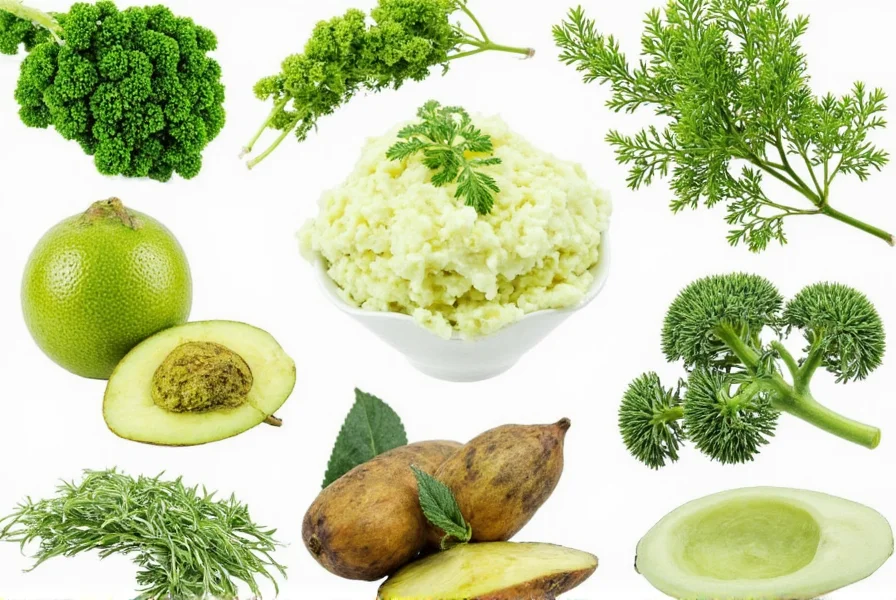
Top 10 Dill Weed Substitutes for Every Dish
- Fennel Seeds (Ground or Crushed)
- Tarragon (Fresh or Dried)
- Dill Seed
- Cilantro (Coriander Leaves)
- Basil
- Parsley (Flat-Leaf Preferred)
- Anise Seeds
- Caraway Seeds
- Chervil
- Lemon Thyme
Fennel seeds are one of the closest matches in flavor to dill weed because they share that licorice-like undertone. Use ground fennel sparingly, especially in dishes where subtlety is key.

Tarragon brings a similar herbal, faintly sweet licorice note to the table. It pairs well with eggs, chicken, and seafood — just like dill does.
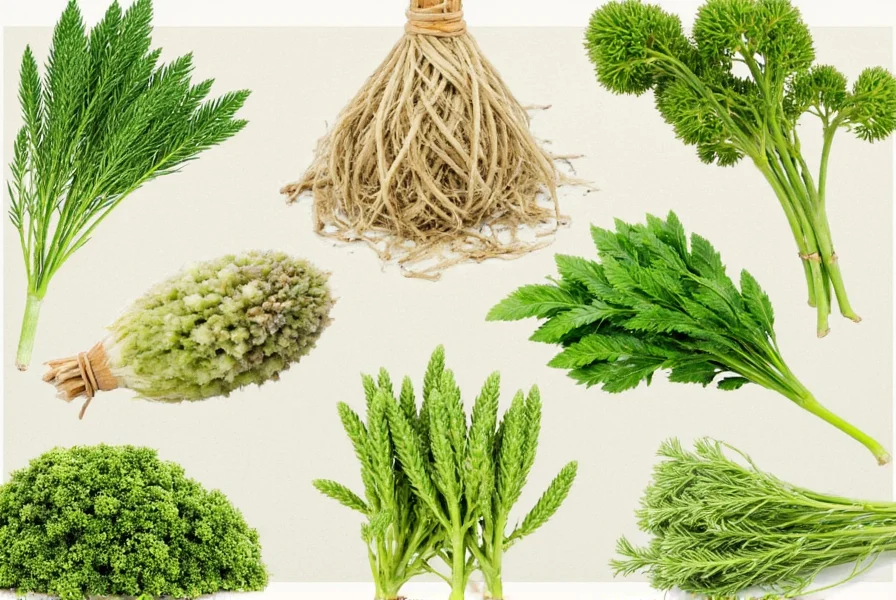
While not a perfect match, dill seed has a stronger, more pungent flavor than dill weed. It's best used in pickling recipes where robustness is desired.
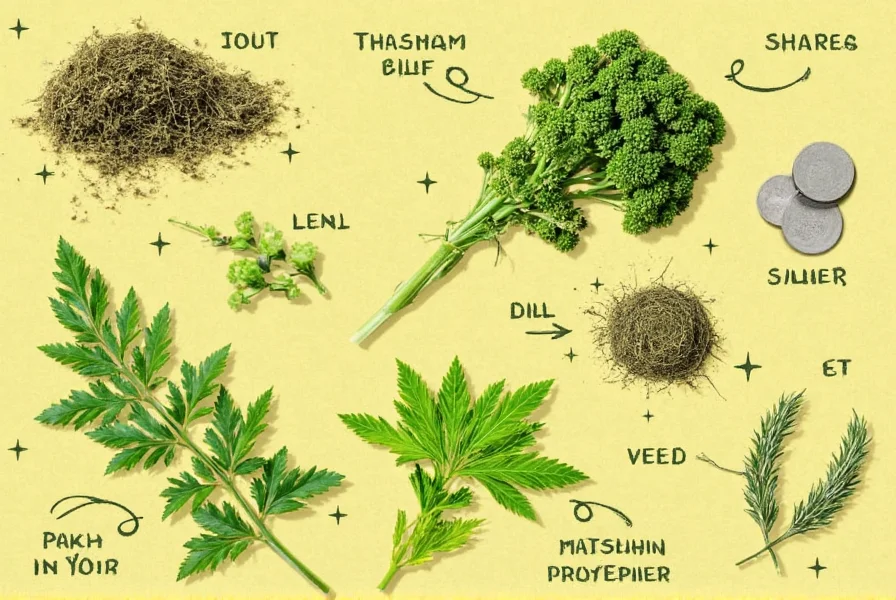
If you're working with fresh dill substitutions, cilantro can be a good alternative — though its flavor is quite different. Use it in salsas, salads, and Asian-inspired dishes.
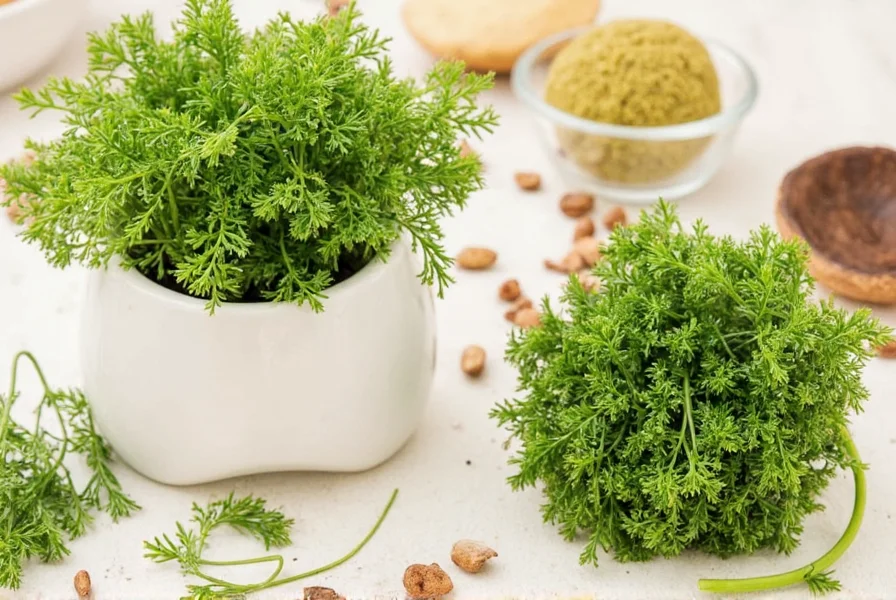
Basil has a sweeter, fresher taste compared to dill, but in a pinch, it can work — especially in cold dishes like pesto or salads.
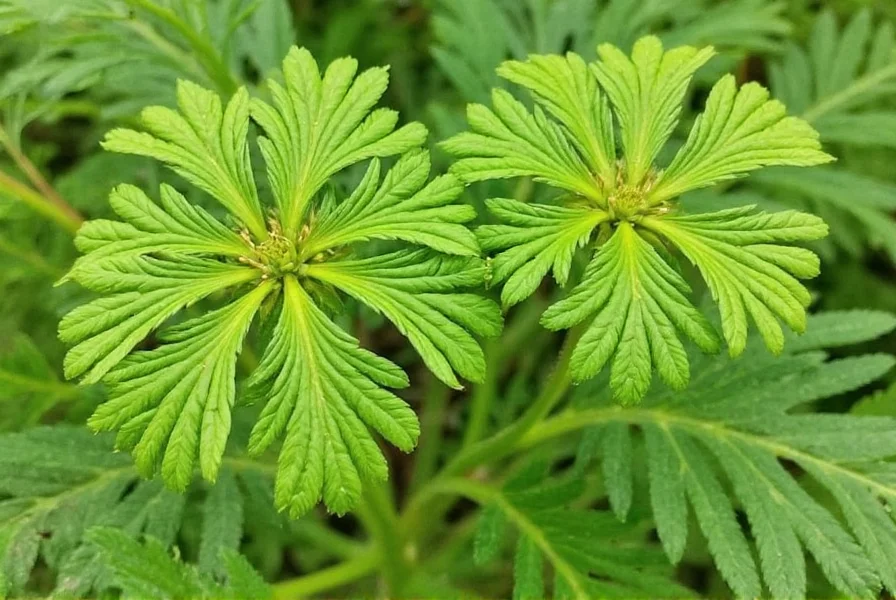
For a milder, less aromatic option, parsley is great. It doesn't mimic dill's flavor, but adds brightness to dishes when used as a garnish.
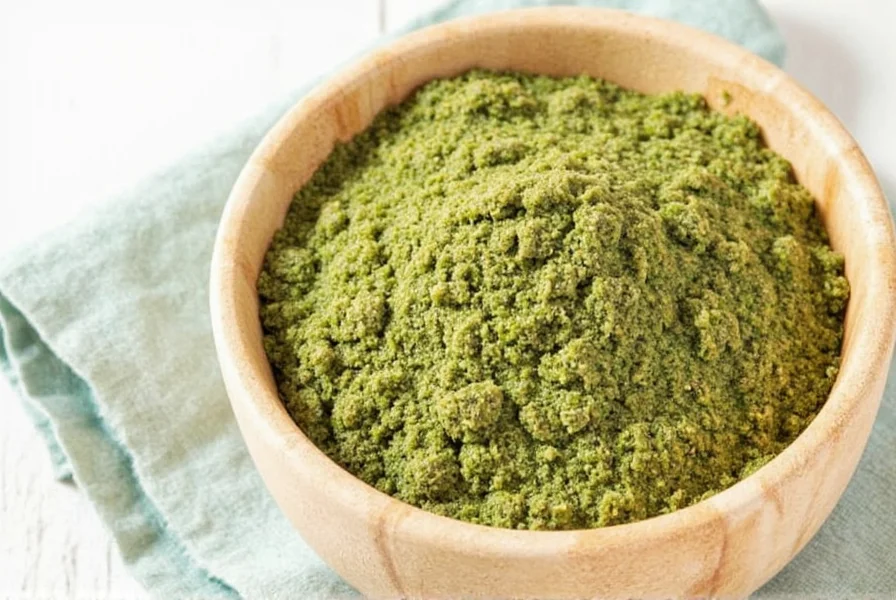
These have a strong black licorice flavor, so use them very sparingly. They can add a surprising twist to baked goods or spiced drinks.
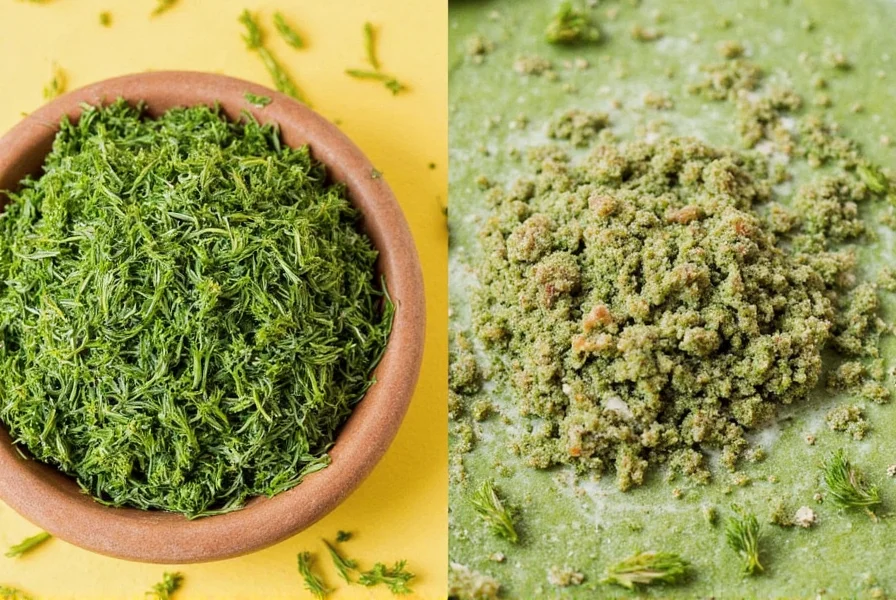
Similar in texture to dill seed, caraway brings a nutty, earthy, and slightly citrusy note. Great in breads, stews, and rye dishes.
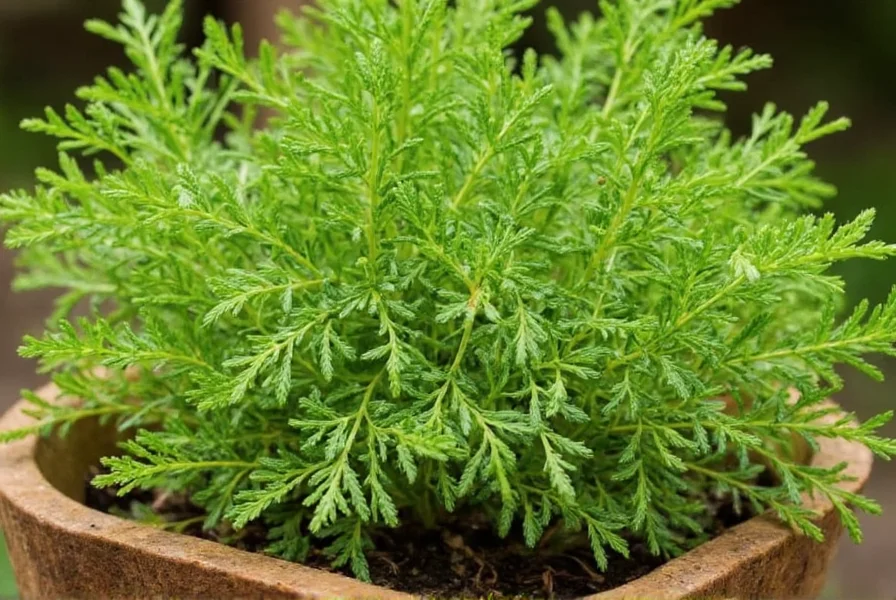
This delicate French herb resembles parsley and tarragon combined. Use it in creamy sauces, omelets, or light salads.
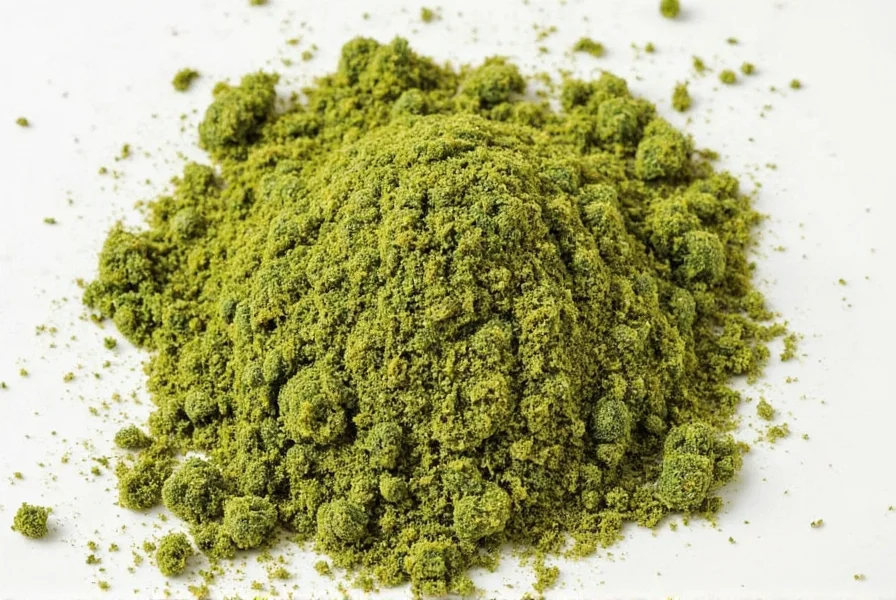
If you're looking to replace dill in fish dishes or marinades, lemon thyme can offer both citrusy and herbal notes that blend beautifully with seafood.
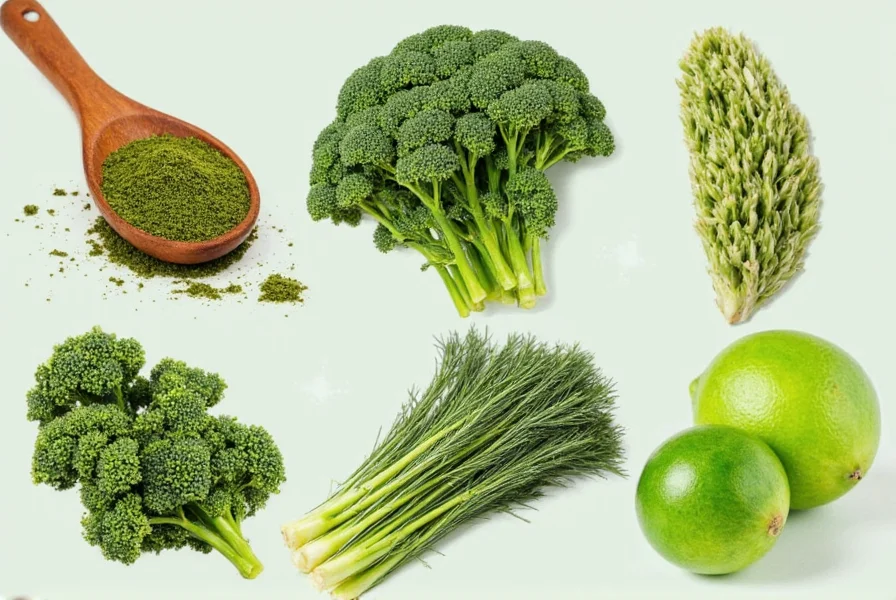
Buying Guide: How to Choose the Right Substitute
When picking a substitute for dill weed, consider these factors to ensure the best possible outcome:
1. Fresh vs. Dried
If your recipe calls for fresh dill, try substituting with another fresh herb like tarragon, chervil, or even basil. For dried dill, look for similarly potent dried spices like crushed fennel or dill seed.
2. Flavor Impact
Ask yourself: Is dill the star ingredient, or just a background note? If it's the main flavor, choose a closer match like tarragon or fennel. If it's subtle, parsley or lemon thyme may work just fine.
3. Recipe Type
- Pickling: Go for dill seed, fennel, or caraway.
- Seafood: Try tarragon, lemon thyme, or chervil.
- Soups/Stews: Basil, parsley, or even cilantro (if served cold).
- Breads/Baked Goods: Caraway, anise, or crushed fennel seeds.
4. Availability
Check your pantry before heading to the store. Many substitutes might already be hiding in plain sight!
5. Dietary Restrictions
Are you cooking for someone with allergies or preferences? Make sure your chosen substitute is safe and aligns with dietary needs (like vegan, gluten-free, etc.).
Frequently Asked Questions About Dill Weed Substitutes
What's the closest substitute for dill weed?
Tarragon is generally considered the closest substitute for dill weed because of its similar licorice-like notes and mild herbal flavor. Fennel seeds (used sparingly) also provide a comparable flavor profile, especially in cooked dishes.
Can I use dill seed instead of dill weed?
Yes, but with caution. Dill seed has a much stronger, more pungent flavor than dill weed (the leafy part of the plant). Use about half the amount of dill seed compared to what the recipe calls for dill weed. Dill seed works best in pickling recipes where a bold flavor is desired.
What's the conversion ratio between fresh and dried herbs when substituting for dill?
The general rule is: 1 tablespoon fresh dill = 1 teaspoon dried dill. When substituting other herbs, maintain this 3:1 fresh-to-dried ratio. For example, if a recipe calls for 1 tablespoon fresh dill, use 1 teaspoon of dried tarragon or dried fennel.
Which substitute works best for pickling?
For pickling, dill seed is actually preferred over dill weed in many traditional recipes. If you don't have dill seed, fennel seeds or caraway seeds make excellent alternatives that provide similar flavor compounds needed for proper pickling.
What's the best substitute for dill in fish dishes?
Tarragon, lemon thyme, and chervil are all excellent substitutes for dill in fish dishes. Tarragon provides the closest flavor profile, while lemon thyme adds a complementary citrus note that works beautifully with seafood.
Can I combine substitutes for a better dill-like flavor?
Absolutely! Many professional chefs create custom blends when dill is unavailable. Try mixing equal parts parsley (for the green, herbal note) with a pinch of fennel seeds (for the licorice element). For fish dishes, add a squeeze of lemon juice to enhance the flavor profile.
How should I store fresh herb substitutes to maximize freshness?
Store fresh herb substitutes like tarragon, parsley, or cilantro by trimming the stems and placing them in a glass with an inch of water, then covering loosely with a plastic bag. Keep in the refrigerator for up to one week. For longer storage, chop and freeze in ice cube trays with olive oil or water.
Why does my substitute not taste exactly like dill?
Dill has a unique flavor profile that's difficult to perfectly replicate. It contains specific compounds like carvone that give it its distinctive taste. While substitutes can provide similar notes, they won't be identical. This is why understanding your recipe's requirements helps you choose the best alternative for your specific dish.
Final Thoughts
Running out of dill weed doesn't have to ruin your dinner plans. With the right substitution strategy, you can either closely mimic the original flavor or explore exciting new combinations.
Whether you're experimenting with fennel seeds in your homemade pickles or adding a hint of lemon thyme to your grilled salmon, substitutions can lead to happy accidents and creative twists. So next time your dill stash runs dry, don't panic — just grab one of these clever alternatives and keep those pots bubbling!
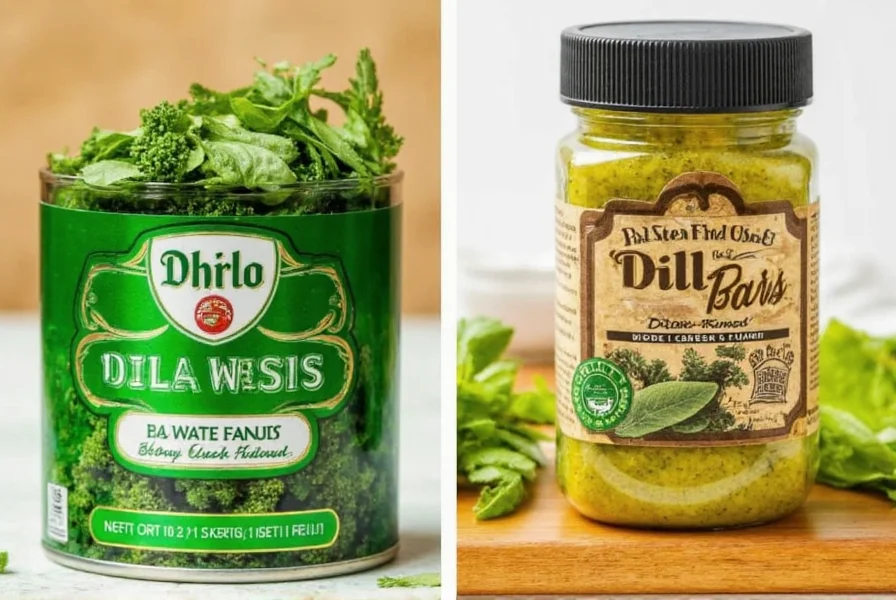
Happy cooking, spice lovers!

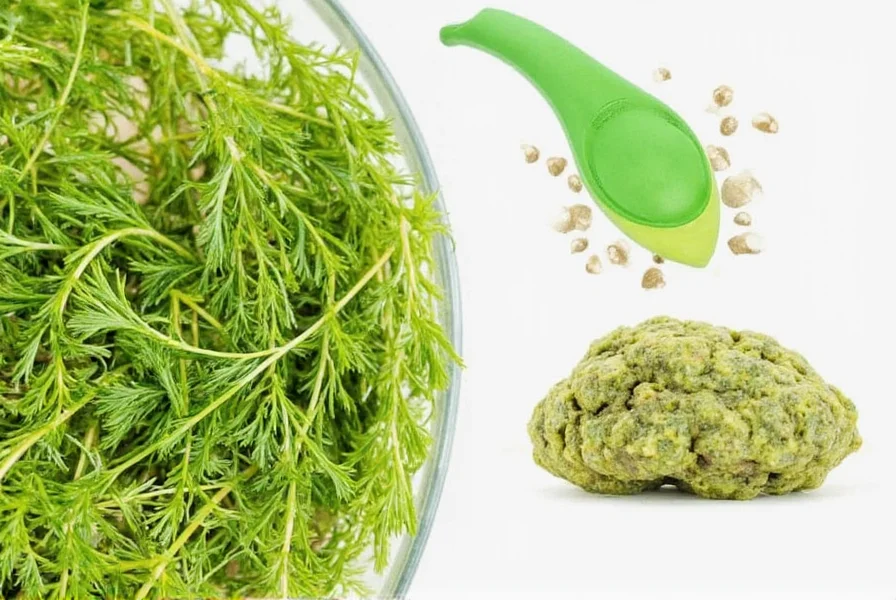









 浙公网安备
33010002000092号
浙公网安备
33010002000092号 浙B2-20120091-4
浙B2-20120091-4